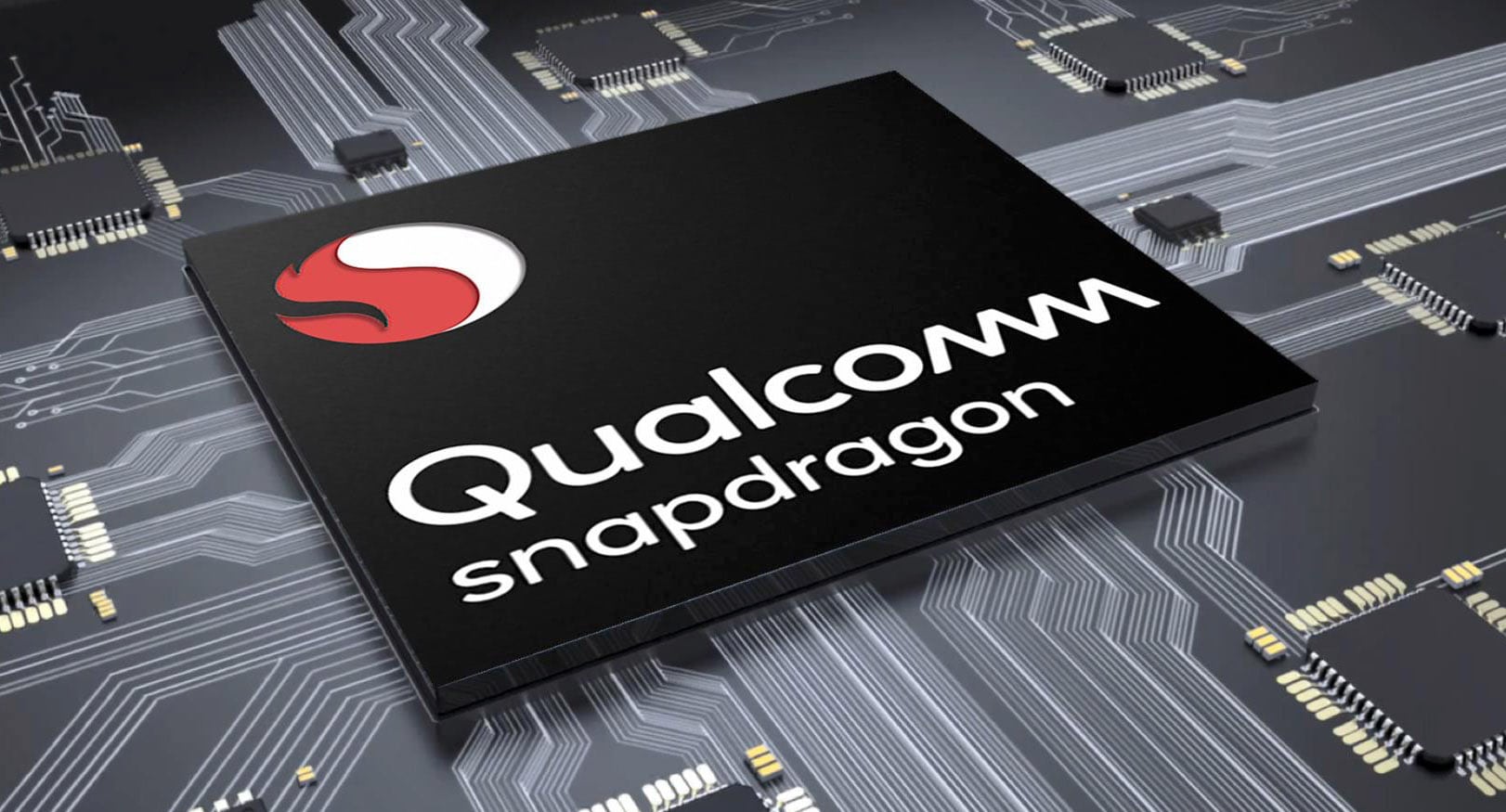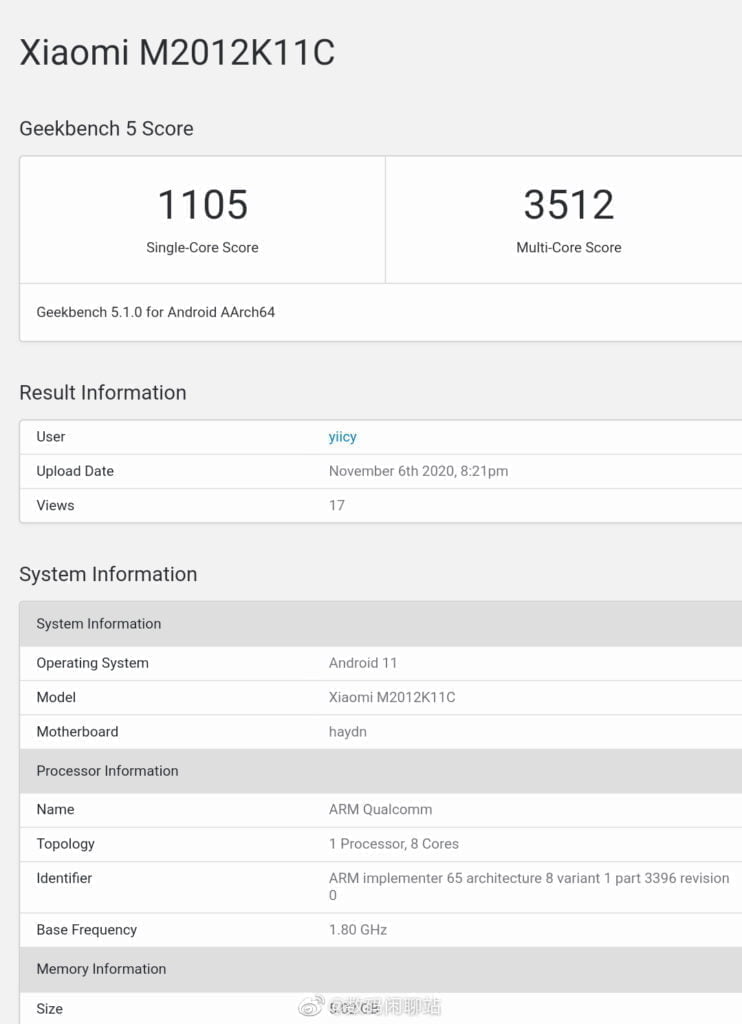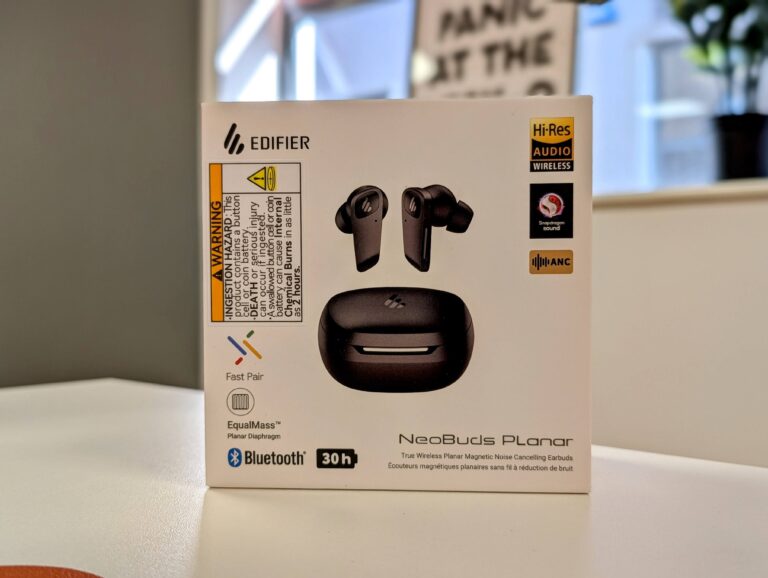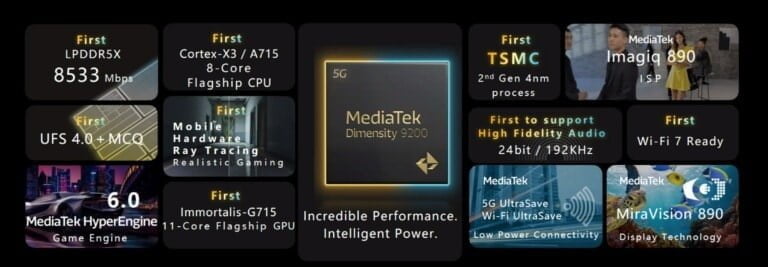Any links to online stores should be assumed to be affiliates. The company or PR agency provides all or most review samples. They have no control over my content, and I provide my honest opinion.
It’s that time of the year again where chipset manufacturers announce their latest flagship chipsets for the up and coming year.
We have already seen Huawei’s offering with the HiSilicon Kirin 900 5G with its absolute beast of a GPU configuration. MediaTek should be next up this week with their virtual summit on the 10th of November.
Then Qualcomm and Samsung are yet to announce their chipset, with the Snapdragon 875 being officially unveiled in December.
As always, several leaks have started to come through, giving us an idea of what to expect. The up and coming Xiaomi Mi 11b appears to be the source of many of these leaks.
With this information being based on leaks, it quite likely could be inaccurate.
Qualcomm Snapdragon 875 vs Kirin 9000 vs Exynos 2100 Specifications Comparison
| SoC | Snapdragon 888 | Snapdragon 865 | Kirin 9000 5G | Exynos 2100 (Rumoured) |
|---|---|---|---|---|
| CPU | 1x ARM Cortex-X1 @ 2.84 GHz | 1x Cortex-A77@ 2.84GHz | 1x Cortex A77 @ 3.13Ghz | 1x ARM Cortex-X1 @ 2.91Ghz |
| 3x ARM Cortex-A78 @ 2.42 GHz | 3x Cortex-A77@ 2.42GHz | 3x Cortex A77 @ 2.54Ghz | 3x ARM Cortex-A78 @ 2.81Ghz | |
| 4x ARM Cortex-A55 @ 1.8 GHz | 4x Cortex-A55 @ 1.80GHz | 4x Cortex A55@ 2.05Ghz | 4x ARM Cortex-A55 @ 2.21Ghz | |
| GPU | Qualcomm Adreno 660 +35% perf | Adreno 650 @ 587 MHz | Mali-G78 24 Cores | Mali-G78 MP |
| APU / NPU / AI Proc. / Neural IP | Hexagon 780 26 TOPS AI | Hexagon 698 15 TOPS AI | 2 big core, 1 tiny core | ? |
| Memory | 3200MHz LPDDR5 / 51.2GB/s 3MB system level cache | 2133MHz LPDDR4X / 33.4GB/s or 2750MHz LPDDR5 / 44.0GB/s 3MB system level cache | LPDDR5 / LPDDR 4X | ? |
| ISP/Camera | Triple 14-bit Spectra 580 ISP 1x 200MP or 84MP with ZSL 64+25MP with ZSL 3x 28MP with ZSL 4K video & 64MP burst capture | Dual 14-bit Spectra 480 ISP 1x 200MP or 64MP with ZSL 2x 25MP with ZSL | quad-core, 6th gen ISP | ? |
| Modem | X60 integrated (5G NR Sub-6 + mmWave) DL = 7500 Mbps UL = 3000 Mbps | X55 external 5G NR Sub-6 + mmWave) DL = 7000 Mbps UL = 3000 Mbps | Balong 5000 4G + 5G NR NSA+SA Sub-6GHz | |
| Process | Samsung 5nm (5LPE) | TSMC 7nm (N7P) | TSMC 5nm | Samsung 5nm (5LPE) |
This year Arm announced a new high-performance CPU, the Cortex-X1, with Qualcomm being the first to implement it.
The Cortex-X1 has a 30% higher peak performance than the Cortex-A77 and is 23% faster than the new Cortex-A78 at integer calculations. Additionally, it has double the machine learning abilities.
This should likely give the Qualcomm Snapdragon 875 a significant performance advantage with the CPU over the Kirin 9000 5G. While that chipset uses the older Arm Cortex A77 cores, it makes up for it with the higher clocks.
Less is known about the Samsung Exynos 2100, but they have ditched their custom cores in favour of Arm this year, and initial leaks indicate that it will have higher frequencies across all cores than the Qualcomm.
While it is hard to predict how the Qualcomm GPU will perform, both Huawei and Samsung use the Mali-G78 GPU. Huawei has gone all out with a massive 24 cores on their chipset, but at the moment we don’t know what Samsung has for their chipset.
Benchmarks
Benchmarks for the SD875 and Exynos 2100 are a little thin on the ground at the moment.
Geekbench
| Single-core | Multi-core | |
| Snapdragon 875 | 1,204 | 4,121 |
| Snapdragon 875 Leak 2 | 1,105 | 3,512 |
| Exynos 2100 | 1,323 | 4,215 |
| Kirin 9000 5G | 920 / 1020 | 3275 / 3704 |
There have been two leaks for the SD875 on Geekbench, showing similar results on the single-core but a bit of inconsistency on the multi-core.
For the Samsung, there has been one early leak for the Samsung Galaxy S21, but the results seem to tally up with the specification and the Qualcomm results.
The Kirin result is from reviews with the phone running as standard and in performance mode.
Antutu
| Antutu | |
| Snapdragon 875 | 847,868 |
| Exynos 2100 | ? |
| Kirin 9000 5G | 531270 / 686835 |
I am a little sceptical of the one leaked Qualcomm Snapdragon 875 Antutu benchmark. With a reported score of 847868, this would make it 30% higher than the 647919 achieved by the ROG Phone 3 which uses the SD865+. If it is accurate, this would be amazing, but take it with a pinch of salt for now.
The Kirin 9000 has some interesting Antutu results, normally running a phone in performance mode doesn’t make that much of a difference, but there is almost a 30% improvement here.
This could indicate that the Mate 40 Pro throttles that massive GPU during regular use. Normally it is not worth the effort of putting your phone into performance mode for anything other than benchmarks, but in this case, if you are a gamer, it will likely be worth it. Just expect your battery to drain much faster.
Currently, there are no Antutu leaks for Samsung, while it should have a superior CPU, the benchmark could show the differences in performance between Adreno and Mali based GPUs
Overall
With everything being based on leaks it is too early to draw any conclusions about one chipset.
Flagship chipsets are always the most exciting launch of the year as they introduce cutting edge technology. This year we will see the Cortex-X1 and the new A78, but we may also see other innovations. I am cautiously optimistic that Qualcomm may introduce Wi-Fi 6E on the Snapdragon 875 which will pave way routers and other client devices to launch.
In terms of performance, while it is always amazing to see big new numbers achieved, in reality, I have found that chipsets are so good now that it doesn’t really make much difference in my real-world usage. Performance numbers are more important with the mid-range chipsets, where this year we have seen a range of affordable 5G chipsets that more than enough performance that your average user doesn’t need to worry about spending £1k on a flagship phone.
We also have the up and coming MediaTek chipset, what it will be called, how it will perform and when it will be implemented on the phone, all remains in question. It is likely that it won’t win any performance crowns but it will almost certainly offer better bang for your buck than some of the premium-priced Qualcomm based phones.
I am James, a UK-based tech enthusiast and the Editor and Owner of Mighty Gadget, which I’ve proudly run since 2007. Passionate about all things technology, my expertise spans from computers and networking to mobile, wearables, and smart home devices.
As a fitness fanatic who loves running and cycling, I also have a keen interest in fitness-related technology, and I take every opportunity to cover this niche on my blog. My diverse interests allow me to bring a unique perspective to tech blogging, merging lifestyle, fitness, and the latest tech trends.
In my academic pursuits, I earned a BSc in Information Systems Design from UCLAN, before advancing my learning with a Master’s Degree in Computing. This advanced study also included Cisco CCNA accreditation, further demonstrating my commitment to understanding and staying ahead of the technology curve.
I’m proud to share that Vuelio has consistently ranked Mighty Gadget as one of the top technology blogs in the UK. With my dedication to technology and drive to share my insights, I aim to continue providing my readers with engaging and informative content.








It is very informative article on Snapdragon 875 vs Kirin 9000 vs Exynos 2100. I also think that snapdragon mobiles are much better in speed. They are also more affordable mobile phones than Kirin and Exynos. I have Snapdragon 660 processor in GM9 Pro and it processes much better than Samsung mobile phones.